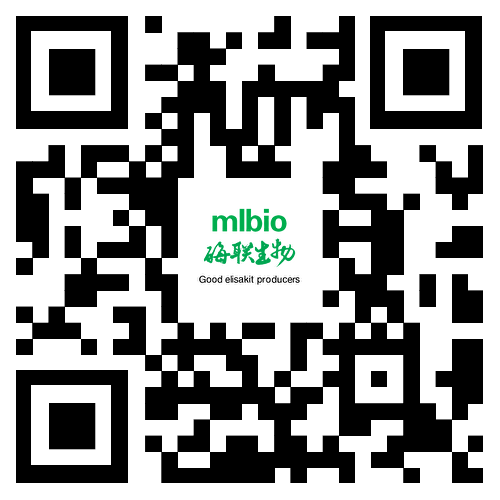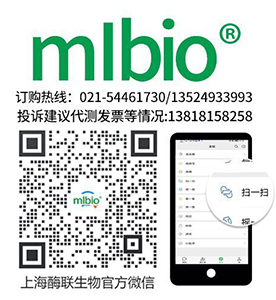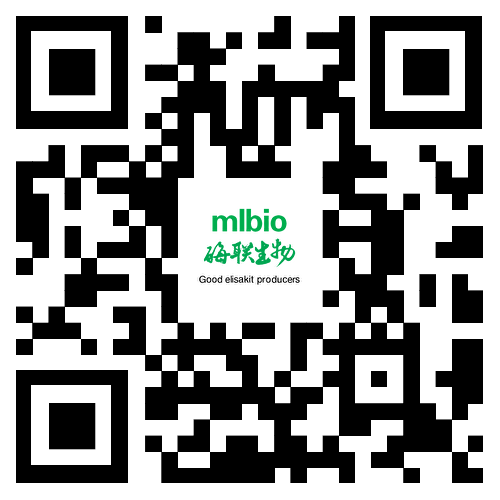產品貨號 : mlR12207
英文名稱 : UTF1
中文名稱 : 未分化胚胎干細胞轉錄因子1抗體
別 名 : hUTF 1; hUTF1; Undifferentiated embryonic cell transcription factor 1; UTF 1; UTF1_HUMAN.
研究領域 : 發育生物學 信號轉導 干細胞 轉錄調節因子 表觀遺傳學
抗體來源 : Rabbit
克隆類型 : Polyclonal
交叉反應 : Human, Mouse, Rat, Cow,
產品應用 : WB=1:500-2000 ELISA=1:500-1000 IHC-P=1:400-800 IHC-F=1:400-800 ICC=1:100-500 IF=1:100-500 (石蠟切片需做抗原修復)
not yet tested in other applications.
optimal dilutions/concentrations should be determined by the end user.
分 子 量 : 36kDa
細胞定位 : 細胞核
性 狀 : Lyophilized or Liquid
濃 度 : 1mg/ml
免 疫 原 : KLH conjugated synthetic peptide derived from Human UTF1:101-170/341
亞 型 : IgG
純化方法 : affinity purified by Protein A
儲 存 液 : 0.01M TBS(pH7.4) with 1% BSA, 0.03% Proclin300 and 50% Glycerol.
保存條件 : Store at -20 °C for one year. Avoid repeated freeze/thaw cycles. The lyophilized antibody is stable at room temperature for at least one month and for greater than a year when kept at -20°C. When reconstituted in sterile pH 7.4 0.01M PBS or diluent of antibody the antibody is stable for at least two weeks at 2-4 °C.
PubMed : PubMed
產品介紹 : UTF1 is a 341 amino acid protein that localizes to the nucleus and is subject to post-translational phosphorylation. Associating with the TFIID complex via an interaction with the TATA box binding protein (TFIID), UTF1 binds to the N-terminal region of ATF-2 and, via this binding, acts as a transcriptional coactivator of ATF-2, thereby enhancing transcriptional activity. Human UTF1 shares 64% homology with its mouse counterpart, suggesting a similar role between species. The gene encoding UTF1 maps to human chromosome 10, which houses over 1,200 genes and comprises nearly 4.5% of the human genome. Defects in some of the genes that map to chromosome 10 are associated with Charcot-Marie Tooth disease, Jackson-Weiss syndrome, Usher syndrome, nonsyndromatic deafness, Wolman’s syndrome, Cowden syndrome, multiple endocrine neoplasia type 2 and porphyria.
Function:
Acts as a transcriptional coactivator of ATF2.
Subunit:
Binds to the N-terminal region of ATF2. Associates with the TFIID complex through interaction with TBP.
Subcellular Location:
Nucleus.
Post-translational modifications:
Phosphorylated.
SWISS:
Q5T230
Gene ID:
8433
Important Note:
This product as supplied is intended for research use only, not for use in human, therapeutic or diagnostic applications.
產品圖片












